- Categories:
- Landscaping
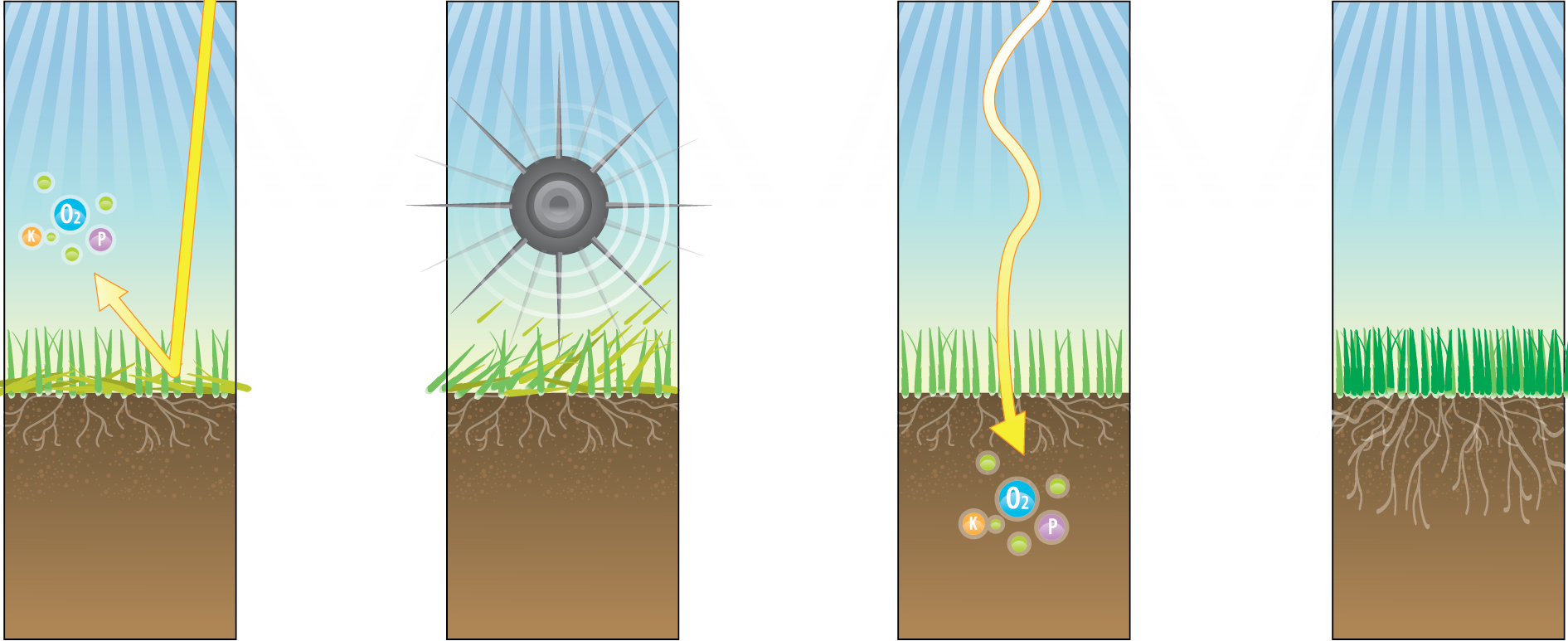
Dethatching a Lawn
Thatch is a tightly intermingled layer of living and dead stems, leaves and roots which accumulates between the layer of actively-growing grass and the soil underneath. While a thin, loose layer of thatch (less than 1/2 inch) can actually help the soil by holding in moisture, an excessive thatch layer (more than 1 inch) can restrict the movement of air, water, fertilizer and other materials to the roots, and also harbor fungi that cause disease. The major cause of thick thatch accumulation is excessive synthetic Nitrogen fertilization, which causes plant material to build up more quickly than soil microorganisms can break it down. Contrary to popular belief, leaving clippings on the lawn does not greatly contribute to thatch accumulation. Creeping varieties such as Bermuda, Kikuyu, Kentucky Bluegrass & Bentgrass are more prone to accumulating an excessive thatch layer.
Tips for preventing thatch problems:
- Mow frequently to maintain proper turf height.
- Avoid excessive use of synthetic Nitrogen fertilizers.
- Keep short clippings on the lawn, to encourage soil microbe activity.
- Aerate the soil to open up thatch layers.
- Remove existing thatch buildup with a power rake.
How Dethatching Works
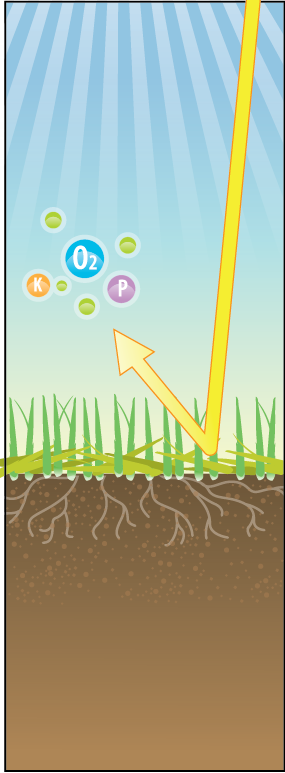
Thatch buildup can prevent vital nutrients and oxygen from reaching the soil, causing low turf quality.
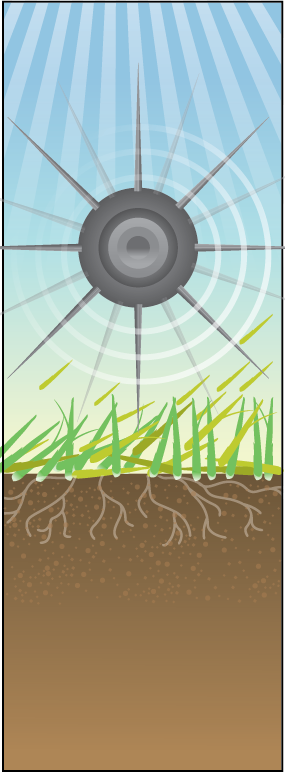
Using a power rake will effectively remove existing thatch buildup.
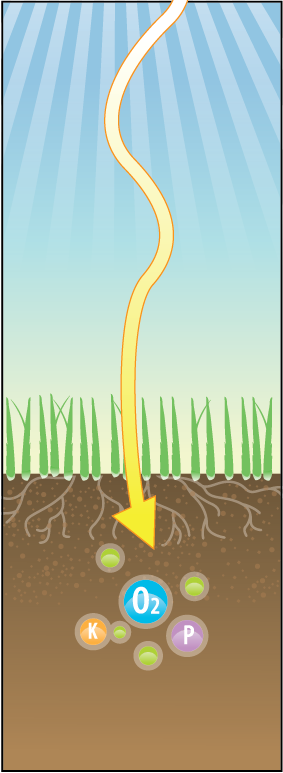
Once thatch is removed, fertilizer, plant protection chemicals, oxygen and water can reach the soil more efficiently.
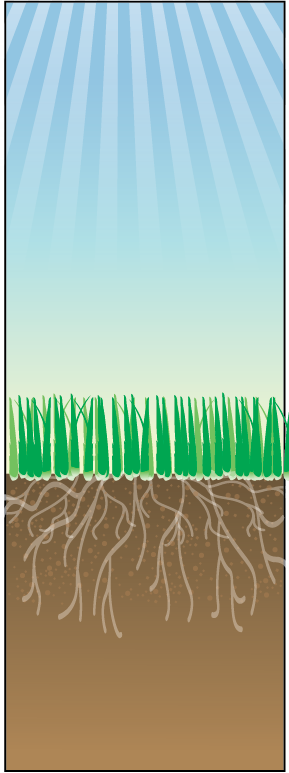
Regular dethatching will result in stronger, healthier turf which is more resistant to drought and turf disease.